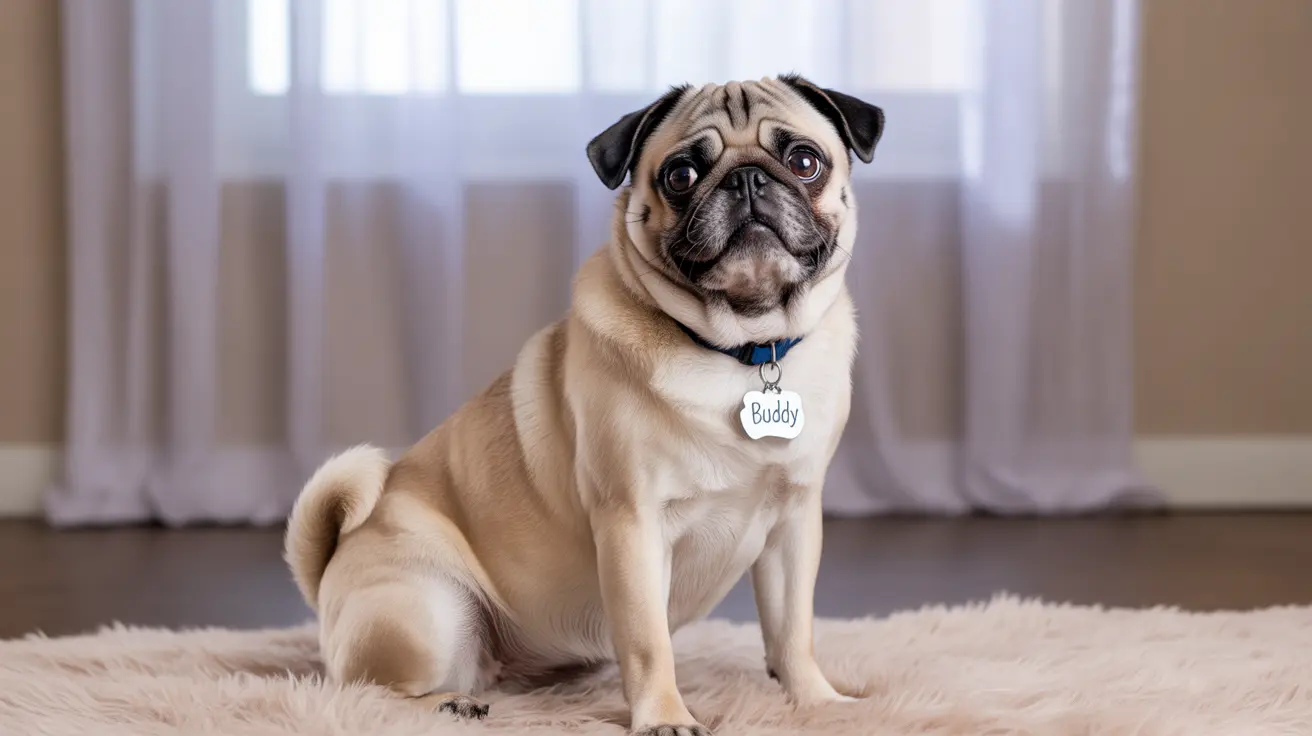The Science Behind Dog Eye Contact
When dogs and their owners share mutual gazes, something remarkable happens. Research shows that both experience a surge in oxytocin, often called the "love hormone." This same hormone is responsible for the bond between parents and babies, explaining why many people feel such a strong familial connection with their dogs.
Dogs are unique among animals in their ability to interpret and respond to human eye contact. Unlike their wolf ancestors, domesticated dogs have evolved to use eye contact as a sophisticated communication tool with humans.
How Dogs Perceive Eye Contact
In the canine world, direct eye contact carries significant meaning. While a soft, gentle gaze can signal affection and trust, an intense, unblinking stare is often interpreted as a threat or challenge. This is why many dogs become uncomfortable when strangers try to make prolonged eye contact.
Dogs communicate their comfort level through subtle eye movements. When a dog looks away, they're usually trying to diffuse tension or show respect, not being stubborn or dismissive.
Training and Building Trust Through Eye Contact
Positive associations with eye contact can be developed through careful training. Start with brief moments of eye contact followed by immediate rewards. This helps your dog understand that looking at you is both safe and beneficial.
Many professional trainers use eye contact exercises as a foundation for other commands and behaviors. The key is to keep sessions short and rewarding, never forcing prolonged eye contact.
Reading Your Dog's Eye Signals
Understanding your dog's eye expressions can help you respond appropriately to their needs:
- Soft eyes with relaxed lids indicate comfort and contentment
- Hard stares with tense muscles might signal stress or aggression
- "Whale eye" (showing whites of the eyes) suggests anxiety or discomfort
- Rapid blinking often serves as a calming signal
Breed-Specific Differences
Different dog breeds have varying tendencies when it comes to eye contact. Brachycephalic breeds (like Pugs and Bulldogs) typically make eye contact more readily, while breeds closer to wolves (like Huskies) may be more hesitant. Working and herding breeds often use eye contact as a way to seek guidance from their handlers.
Frequently Asked Questions
Why do some dog breeds make eye contact more often than others?
Different breeds have been selectively bred for various purposes. Breeds developed for close human cooperation, like herding dogs and retrievers, naturally make more eye contact. Additionally, brachycephalic breeds (flat-faced dogs) tend to make more eye contact due to their facial structure and breeding history.
How does brief eye contact help strengthen the bond between dogs and their owners?
Brief eye contact triggers the release of oxytocin in both dogs and humans, creating a positive feedback loop that strengthens emotional bonds. This mutual gazing mimics the bonding process between parents and infants.
When is eye contact with a dog considered threatening or uncomfortable?
Direct, prolonged eye contact, especially from strangers or unfamiliar dogs, can be perceived as threatening. This is particularly true if accompanied by stiff body language or looming over the dog. Always avoid staring at unfamiliar dogs.
How can I train my dog to make positive eye contact during obedience training?
Start with short training sessions using treats to reward brief moments of voluntary eye contact. Gradually increase duration as your dog becomes comfortable. Never force eye contact; let your dog set the pace.
What signs show that my dog is feeling stressed or uneasy about eye contact?
Watch for signs like looking away quickly, showing the whites of their eyes (whale eye), yawning, licking lips, or turning their head. These are calming signals indicating discomfort with the interaction.
Conclusion
Understanding how dogs perceive and use eye contact is crucial for building strong, trusting relationships with our canine companions. By respecting their boundaries and reading their signals accurately, we can create more positive interactions and deeper bonds. Remember that every dog is unique, so always pay attention to your individual pet's comfort level with eye contact.






